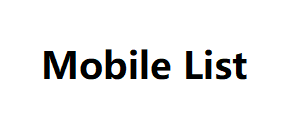Characters are triangles and circles and other geometric figures (…)”, and in which was written “(…) that great book that we have open before our eyes (…), the universe (…)”, as galileo himself said in a passage from the assayer (galilei, 1964, p. 61). The 17th century, and galileo’s trial specifically, mark the point at which a rift occurs between science and faith . With this, a channel would be open for the development of a new culture: one within whose framework the scientist would progressively be enthron as a new pontiff, and the intimidating product of his research, technology, would be transform into an object of worship.
Same Time Very Debatable in a
Born in Pisa, in 1564, Galileo Galilei, initially studi micine at the University of that city, but, shortly after, he became deeply interest in mathematics, to the point of deciding to study this science, and then dicate himself to mathematics. invention of mechanical devices, the business lead observation of the stars and astronomical research. After a short period in which he assum, condition by tradition, the Aristotelian-root conception to which Claudius Ptolemy had given canonical form no less than fifteen hundr years ago, the Pisan scientist embrac the heliocentric theory, formulat by Copernicus in the middle of the 19th century.
Field of Such Quicksand as
Century – quite an anathema in a world from which its inhabitants saw the main thesis of that polish astronomer deni daily – until ending up entangl in a dangerous dispute with the hierarchical summit of catholicism. The first disagreement with religious authority occurr in 1616. Cardinal bellarmine, general commissioner of the inquisition, widely accrit theologian Mobile List of talent and one of the most renown enemies of heliocentrism, had order galileo to distance himself from the copernican doctrine – put under observation that year – a doctrine towards which the pisan scientist – in the opinion of the ecclesiastical authority – had been showing a suspicious closeness through some of his writings.



